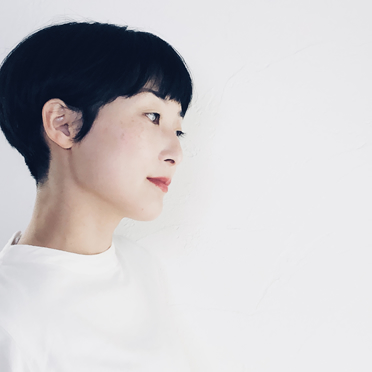about
こうの 貴久子
長崎県長崎市生まれ。
18歳で上京し、挿絵画家としてキャリアをスタート。
28歳のとき、ラテンアメリカへ美術留学。
民族音楽や舞踊、民藝に深く感銘を受け、キューバ各地の国立伝統舞踊団にて、伝統舞踊と音楽を学ぶ。
帰国後、東日本大震災を経験し、東京での生活に疑問を感じ始める。
その後、茨城県つくば市へ移住。結婚・出産を経て、美しい田園や森に囲まれた土地で創作活動を続けている。
踊り、絵画、陶器、文章、音楽、衣——
表現の手段は多岐にわたり、いずれも「身体と心の内側にあるもの」を形にしていくことを大切にしている。
Kikuko Kohno
Born in Nagasaki City, Japan.
Moved to Tokyo at the age of 18 and began her career as an illustrator.
At 28, she traveled to Latin America to study art, where she was deeply inspired by folk music, dance, and traditional crafts.
She studied traditional Cuban dance and music at national folkloric dance companies throughout Cuba.
After returning to Japan, she experienced the Great East Japan Earthquake.
Disenchanted with the fast-paced life in Tokyo, she relocated to Tsukuba, Ibaraki Prefecture.
There, surrounded by rice fields and forests, she continues her creative work while raising a family.
Her artistic expression spans a wide range—dance, painting, ceramics, writing, music, and textiles.
At the heart of her work is a desire to give form to the inner movements of body and soul.
― 作家のことば ―
長崎で生まれ育ちました。
アジアとヨーロッパの文化が、日本の暮らしの中に自然にとけ込んでいる、長崎ならではの文化に幼い頃から触れてきました。
私の家は、江戸時代に西洋との貿易の窓口だった「出島」の近くにあり、まわりには古いヨーロッパ風の建物や教会がたくさんありました。
母の実家はチャイナタウンで酒屋を営んでおり、中国の大衆文化やデザインにも親しみを感じていました。
子どもの頃の私には、長崎の町では、神道・仏教・キリスト教・道教など、さまざまな宗教や芸術がごく自然に共存しているように見えました。
それはとても色鮮やかで、豊かで、自由な世界観でした。
その感覚は、今も私の創作の根っこに生きています。
長崎には、地元の人々が主役となってつくりあげる、幻想的で賑やかな祭りがあります。
踊りや山車、唄、楽器、絵、着物などを通して、自然、神々、異国、物語が命を吹き込まれ、
荒れる海、きらめく川、舞い踊る花、龍や不思議な生き物たちが現れる——
そんな幻想的な世界が現実と交差する時間と場所。
私にとって、長崎の暮らしはいつも、現実と幻想がやさしく溶けあっている世界でした。
その世界は一度私をとらえ、いまもずっと私の中に生き続けています。
― Artist’s Statement ―
I was born and raised in Nagasaki, Japan.
From an early age, I was immersed in the city’s unique culture, where Asian and European influences naturally blend into everyday Japanese life.
My home was near Dejima, the historic port where Japan once traded exclusively with the West during the Edo period.
The neighborhood was filled with old European-style buildings and churches.
My mother’s family ran a liquor store in Chinatown, and I grew up with a deep sense of familiarity toward Chinese popular culture and design.
To my childhood eyes, Nagasaki was a place where Shinto, Buddhism, Christianity, and Taoism coexisted with ease.
It was a colorful, rich, and free-spirited worldview—one that still lives at the heart of my creative work today.
Nagasaki is also home to a festival shaped by centuries of tradition.
Local people become performers, creating a vibrant and fantastical world through dance, floats, music, costumes, and art.
The sea roars, rivers shimmer, flowers dance, and dragons and other mysterious beings come to life.
It’s a place where divine maidens sing and dance before gods, foreigners, and townspeople alike.
For me, everyday life in Nagasaki was always quietly connected to a realm of mystery and wonder.
That world once captured me—and it has never let me go.

